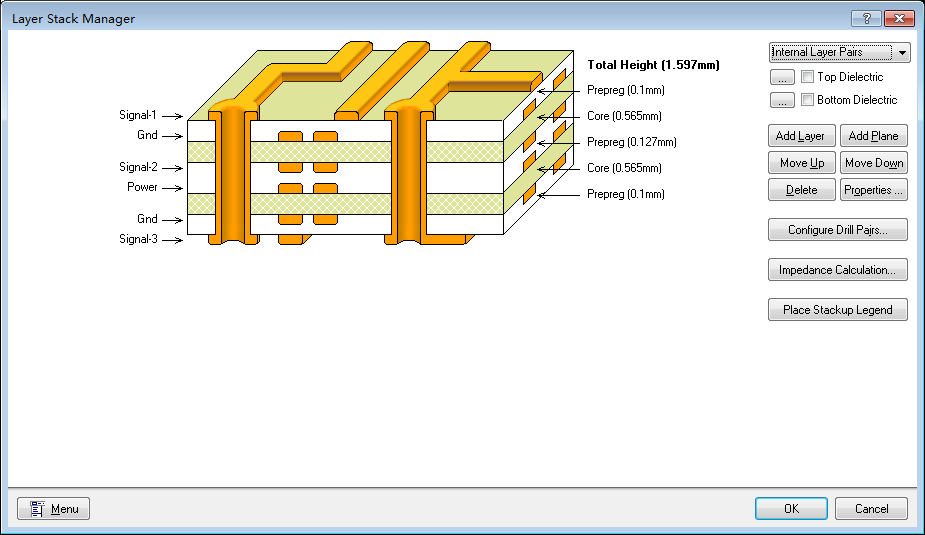- English
- Español
- Português
- русский
- Français
- 日本語
- Deutsch
- tiếng Việt
- Italiano
- Nederlands
- ภาษาไทย
- Polski
- 한국어
- Svenska
- magyar
- Malay
- বাংলা ভাষার
- Dansk
- Suomi
- हिन्दी
- Pilipino
- Türkçe
- Gaeilge
- العربية
- Indonesia
- Norsk
- تمل
- český
- ελληνικά
- український
- Javanese
- فارسی
- தமிழ்
- తెలుగు
- नेपाली
- Burmese
- български
- ລາວ
- Latine
- Қазақша
- Euskal
- Azərbaycan
- Slovenský jazyk
- Македонски
- Lietuvos
- Eesti Keel
- Română
- Slovenski
- मराठी
- Srpski језик
How to distinguish the layer number of a circuit board during PCB clone
2024-01-05
1.Understand the composition of PCB circuit boards
To accurately distinguish the number of layers on a circuit board, we first need to understand the composition of the PCB circuit board. The substrate of the PCB circuit board itself is made of insulating, heat-insulating, and not easily bent materials. The small circuit material visible on the surface is copper foil. Originally, copper foil covered the entire PCB circuit board, but during the manufacturing process, some parts were etched off, leaving behind a mesh of small circuits. These circuits are called wires or wiring, used to provide circuit connections for components on a PCB circuit board.

Usually, the color of PCB circuit boards is green or brown, which is the color of solder mask paint. It is an insulating protective layer that can protect copper wires and prevent parts from being soldered to incorrect locations. Nowadays, both motherboards and graphics cards use multi-layer circuit boards, greatly increasing the area for wiring. Multi layer circuit boards use more single or double-sided wiring boards, and a layer of insulation is placed between each layer of boards and pressed together.
2. Method for distinguishing the layer number in PCB copy process
The number of layers on a PCB board represents the number of independent wiring layers, usually even and containing the outermost two layers. A common PCB board structure is usually 4-8 layers. The number of layers on many PCB boards can be distinguished by observing the cross-section of the PCB board. But in reality, no one can have such good eyesight. So, let me teach you another method to distinguish the number of PCB layers.
The circuit connection of multi-layer circuit boards is achieved through buried and blind hole technology. Most motherboards and display cards use 4-layer PCB boards, while others use 6-layer, 8-layer, or even 10 layer PCB boards. To distinguish the number of layers on a PCB, one can identify it by observing the guide holes, as the 4-layer board used on the motherboard and display card has the first and fourth layer wiring, while the other layers have other purposes (ground and power). So, like double-layer boards, the guide holes will penetrate the PCB board. If some guide holes appear on the front of the PCB board but cannot be found on the back, then it must be a 6/8 layer board. If the same guide holes can be found on both sides of the PCB board, it is naturally a 4-layer board.
Tips for distinguishing the number of layers in PCB clone: Place the motherboard or display card facing the light source. If the position of the guide hole can transmit light, it indicates that it is a 6/8 layer board; On the contrary, it is a 4-layer board.
The circuit connection of multi-layer circuit boards is achieved through buried and blind hole technology. Most motherboards and display cards use 4-layer PCB boards, while others use 6-layer, 8-layer, or even 10 layer PCB boards. To distinguish the number of layers on a PCB, one can identify it by observing the guide holes, as the 4-layer board used on the motherboard and display card has the first and fourth layer wiring, while the other layers have other purposes (ground and power). So, like double-layer boards, the guide holes will penetrate the PCB board. If some guide holes appear on the front of the PCB board but cannot be found on the back, then it must be a 6/8 layer board. If the same guide holes can be found on both sides of the PCB board, it is naturally a 4-layer board.
Tips for distinguishing the number of layers in PCB clone: Place the motherboard or display card facing the light source. If the position of the guide hole can transmit light, it indicates that it is a 6/8 layer board; On the contrary, it is a 4-layer board.
-
Delivery Service






-
Payment Options









